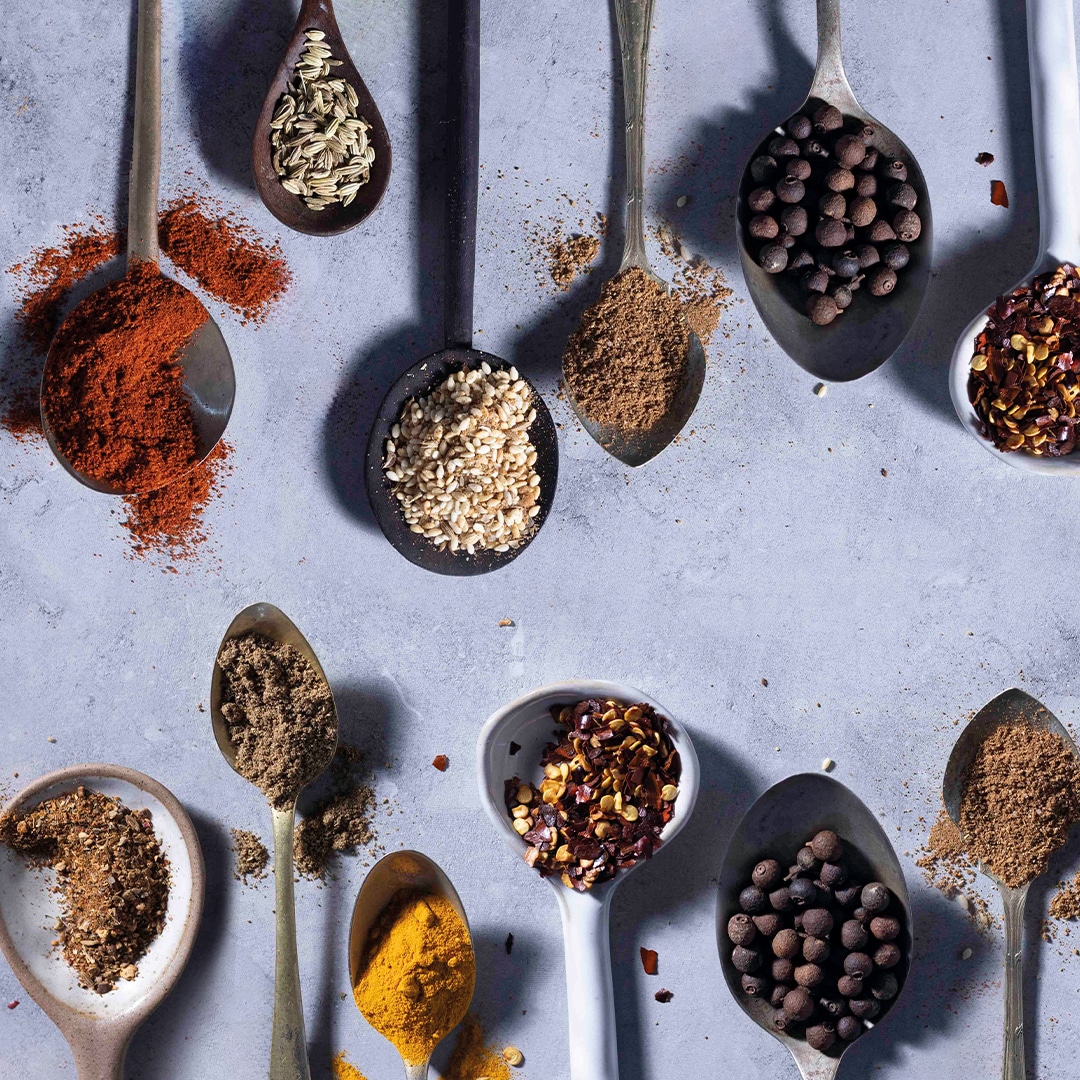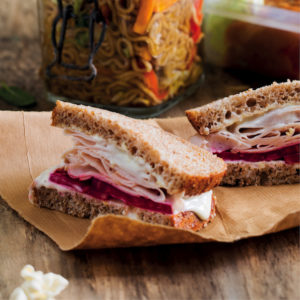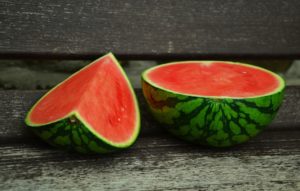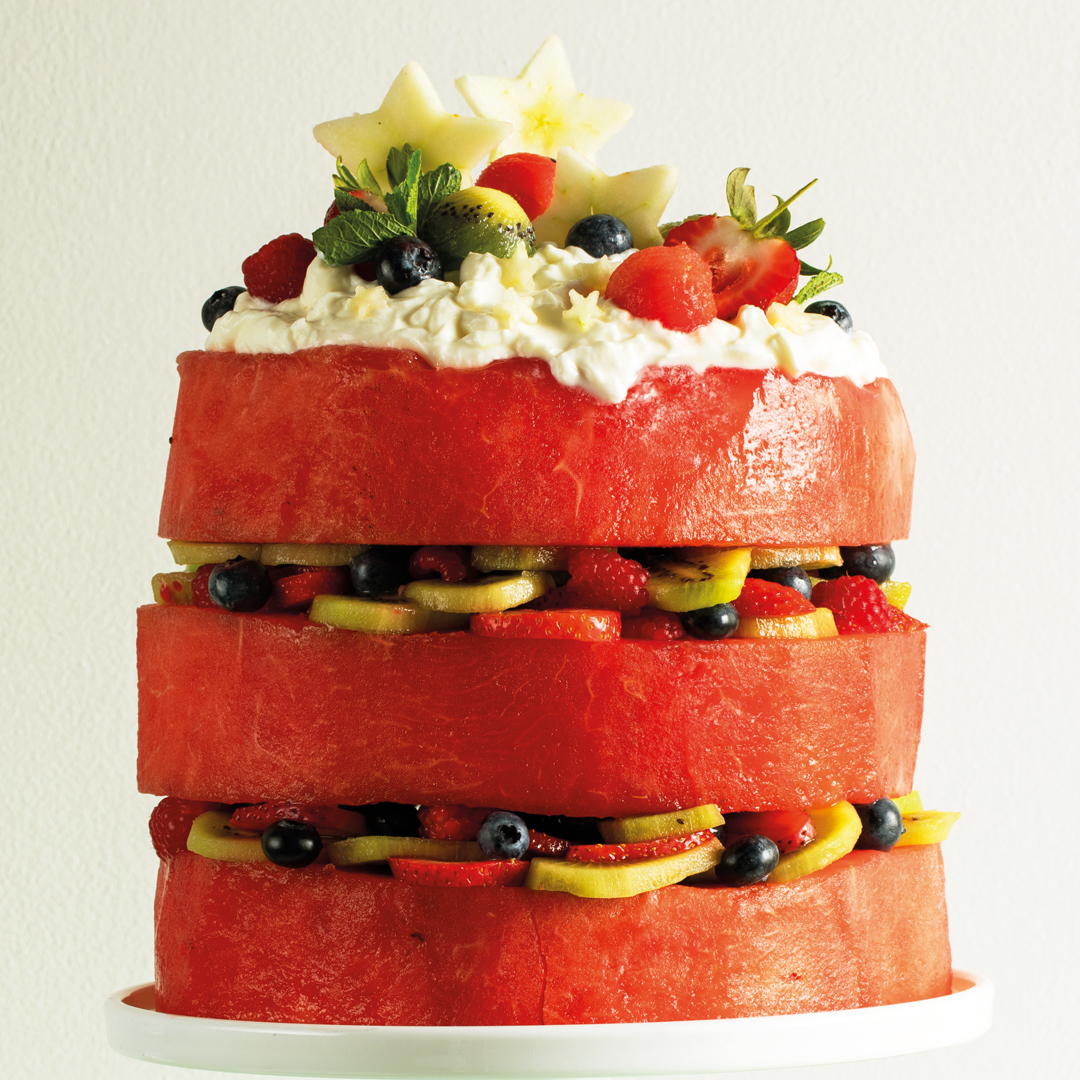What hides in the seemingly dull, dry and small flavour firecrackers called spice? We’re unpacking the spice cupboard to understand the heat, flavour and flair that it adds to your winter dishes.
Allspice vs Mixed spice:
Allspice, also called Jamaica pepper, is not a blend but a dried spice berry. The Allspice tree thrives in the Caribbean and South American region. It’s savoury in flavour, with hints that remind you of nutmeg, clove and cinnamon. Use sparingly, as this one packs a punch!
Mixed spice is a blend of spices that has an English origin, made up of several spices such cinnamon, coriander seeds, caraway, nutmeg, ginger and cloves, all of which contribute to a sweeter taste and overall flavour in baked goods.
Dukkha vs Za’Atar:
Za’atar is a spice blend made using ground herbs and spices such as thyme, oregano, sumac and cumin. It is herbal, aromatic and usually contains sesame seeds. Each region, family and individual may have their own specific recipes for Za’atar.
Dukkha is a crunchier blend of crushed seeds, nuts and spices. Both are used heavily in Middle Eastern cultures to garnish and flavour dishes.
The right kind of red: Cayenne vs Paprika vs Chilli powder
Cayenne pepper:
- Made exclusively from cayenne chilli peppers.
- Slightly gritty, adds a generous punch of heat, orangey red in colour.
Paprika
- Made from the dried flesh and skin of red bell/sweet peppers, (the seeds are not included), also known as ‘sweet paprika’.
- Deep red in colour with a finer texture than cayenne pepper.
- Mildly spicy, subtle sweetness.
Hot paprika
- Uses peppers specifically cultivated to be hotter than the normal paprika peppers. The pepper seeds are included in the drying process and ground up along with the flesh.
Smoked paprika
- Made from Pimento sweet peppers or hot peppers.
- Extra flavourful as the peppers are charred before drying to create a deep, hearty smokiness.
- Created using different peppers to achieve a mild, hot and extra hot flavour.
Chilli powder
- Made from dried chilli and a number of different ingredients such as onion powder, oregano and cumin.
Baharat vs Ras el hanout
Baharat is to the Middle East what garam masala is to Indian culture. It is used much more liberally and frequently in everyday cooking than Ras el hanout, and features an earthy yet sweet flavour.
Ras el hanout translates as top shelf, which really says it all! It’s similar in composition to the Middle Eastern spice Baharat, but contains more niche spices specific to the North African region. The Moroccan blend uses 30+ spices, of which a few include cardamom, nutmeg, clove, cinnamon and anise. Created by grinding whole spices, it is a sweet, warm, pungent spice that is also referred to mrouzia spice.
The tip of the masala iceberg
Garam masala
Garam’ means hot and ‘masala’ means spice blend in Hindi. This North Indian blend of spices is very popular, and traces back centuries. It’s combined flavours create a warmth that makes dishes sing.
A few of the 30+ spices used in garam masala range from the usual signature Indian ‘tikka’ coriander and cumin seeds, cardamom pods and cloves, to more specific spices such as fennel seeds, cinnamon and mace, depending on the region and ancient family recipe.
Other masalas include:
Biryani masala: An aromatic blend, it uses caraway seeds and bay leaves.
Tandoori masala: Perfect for marinading. A smoky and deep blend that uses mace, garlic and ginger powder along with the usual suspects.
Chaat masala: Used in street food, black salt and amchoor (dried mango powder) are it’s common ingredients.
Tikka masala: Used in signature Indian ‘tikka’ dishes, it uses turmeric, cinnamon and amchoor.
By Nabeela Karim
Text courtesy of Balanced Life magazine
Illustration: Gallo/Getty Images




